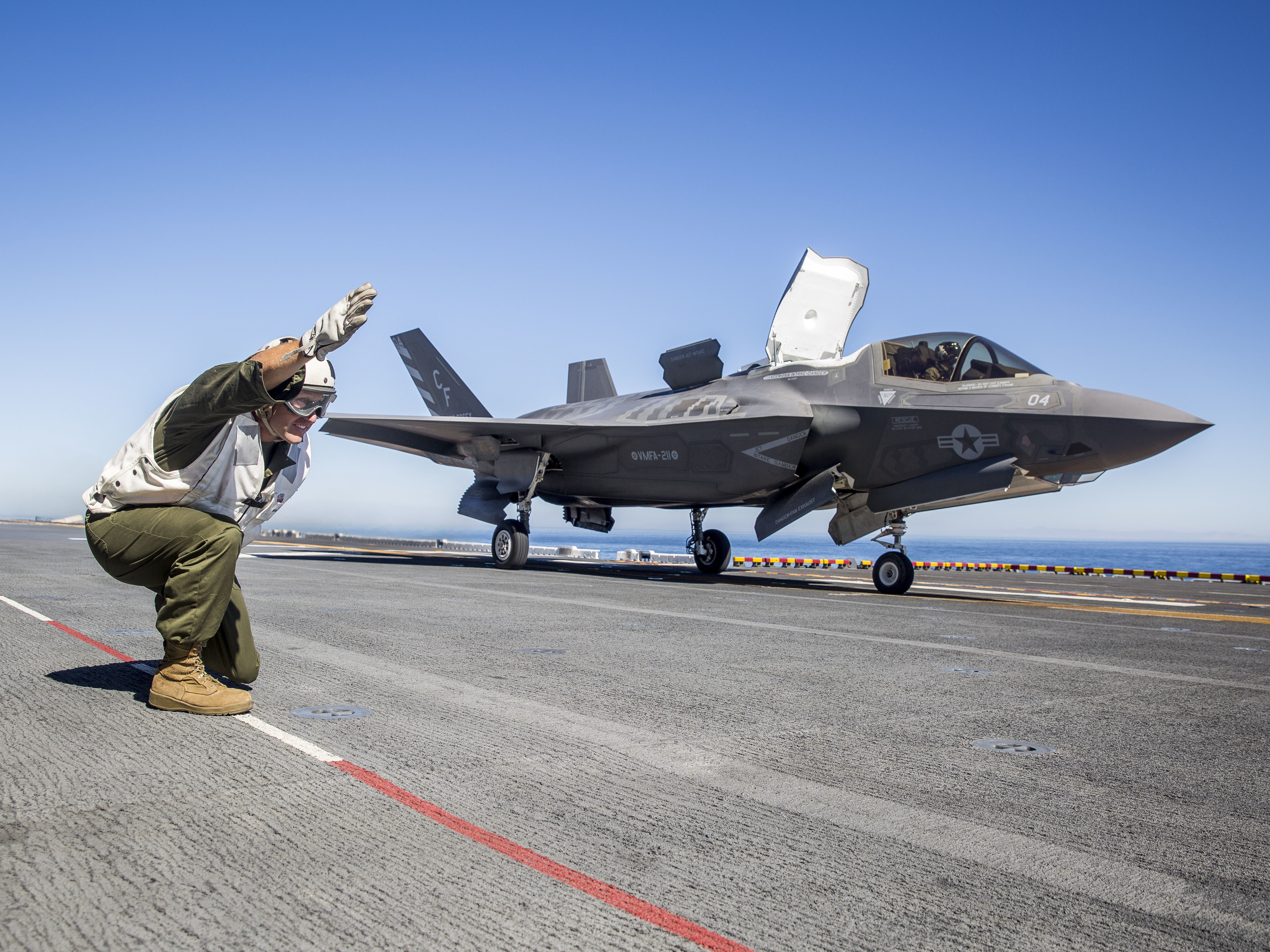
SAN DIEGO, Calif. – The first stateside Marine expeditionary unit to deploy with the F-35B Lightning II wrapped up a unit-level exercise last week as Marine Corps and Navy commanders prepare to train their forces at sea ahead of their first deployment with Joint Strike Fighters.
The 13th Marine Expeditionary Unit will have a detachment of the multi-mission, JSFs as part of its 26-aircraft air combat element, officials said. The F-35B jets, designed for short take-off and vertical landing (STOVL), belong to Marine Fighter Attack Squadron 211, based at Yuma Marine Corps Air Station, Ariz.
“There are some unique challenges with being the first (southern California) MEU” to deploy with the F-35B jet, Col. Chandler Nelms, who commands the Camp Pendleton, Calif.-based 13th MEU, said during Thursday during a panel discussion at WEST 2018, a conference co-hosted by U.S. Naval Institute and AFCEA.
The Japan-based 31st MEU this year is going to sea with the F-35B aboard USS Wasp (LHD-1) for scheduled patrols in its 7th Fleet’s area in the western Pacific.
But for the 13th MEU, along with supporting theater security cooperation activities in the western Pacific region, “we’ll always be on-call as a crisis-response force, and eventually, I’m sure, we’ll find ourselves in the (U.S.) Central Command area,” Nelms said during a panel discussion with several Navy commanders discussing about the upcoming 13th MEU and the Essex Amphibious Ready Group deployment.
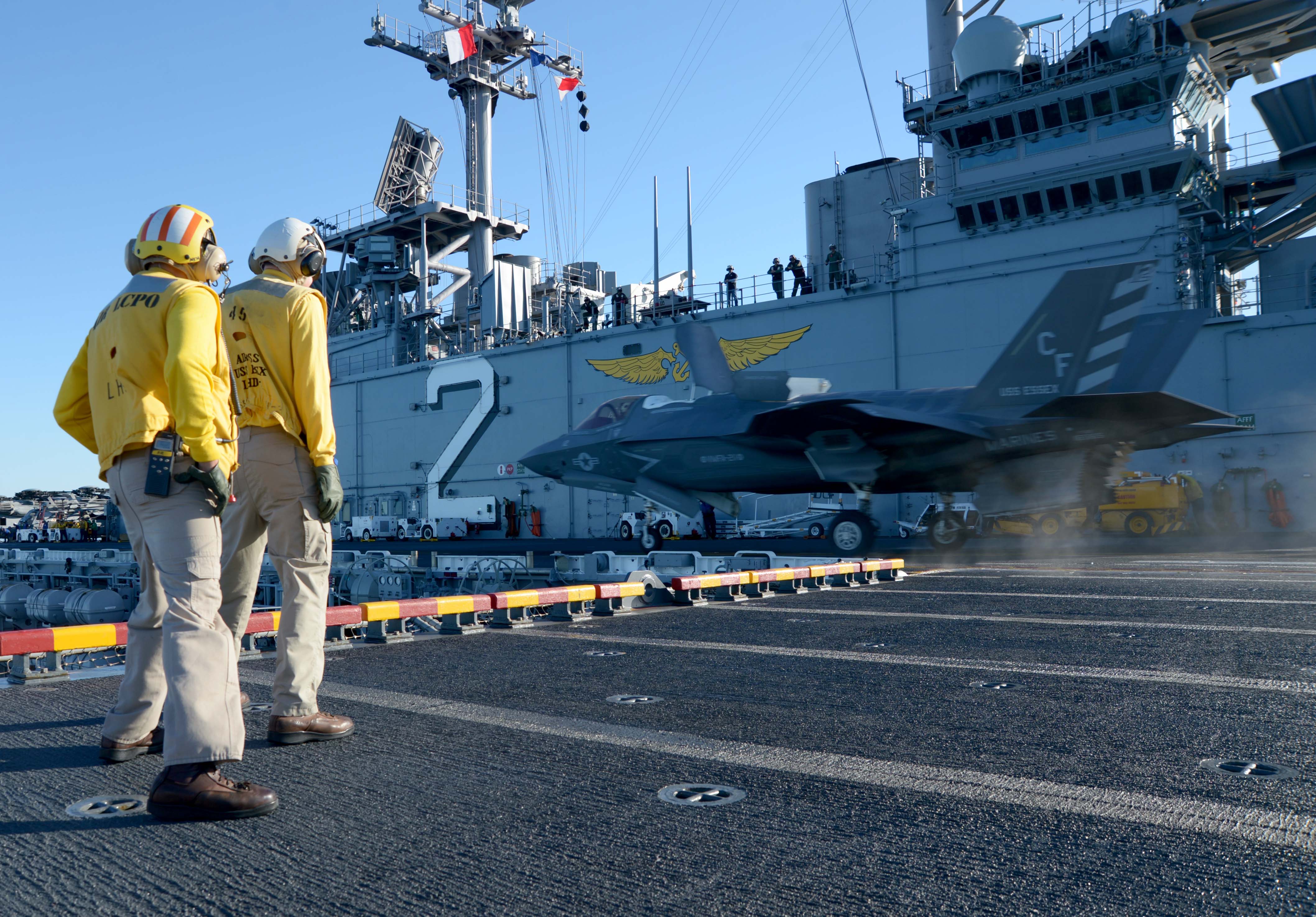
“So not only do we have to plan for all kinds of different contingencies throughout the world, but we have to sustain ourselves throughout the world,” the colonel said.
On Nelms’ mind is the “last tactical mile” – the logistics of getting maintenance, support and supplies (including for the F-35) to ship as the MEU/ARG sails the seas and makes port calls. “Those are the unique challenges of sustaining that over the course of a seven-month deployment around the world,” he said.
Lt. Col. Kyle Shoop, the VMFA-211 commander, said during an F-35B overview presentation and operational update Thursday that “there are some different logistical challenges we’ll overcome along the way, but I think the integration will be somewhat seamless.”
Just what role and missions the F-35B will get once deployed remain to be seen as the jet gets on the same daily air tasking order as any other aircraft available to regional combatant commanders.
“They’ll get a mission. They’ll be tasked,” Gen. Robert Neller, the Marine Corps commandant, said Thursday during a town-hall discussion with the Navy and Coast Guard service chiefs.
“What will happen, I think, there will be a recognition they have a certain capability that they haven’t had in the past, and there may be some mission profiles they’d want to do.”
The MEU Exercise, which ran about three weeks and brought together the air combat element along with the Marines’ ground and logistics’ forces, was the first integrated, predeployment training with the Essex ARG.
“We’re just starting to integrate the ‘blue’ and the ‘green’ team,” Capt. Gerald Olin, Amphibious Squadron 1 commander and commodore of the Essex, told the audience. The ARG includes amphibious transport dock USS Anchorage (LPD-23) and dock landing ship USS Rushmore (LSD-47). “We’re going to transition to the next level in preparation for deployment over the next few months and then head out.”
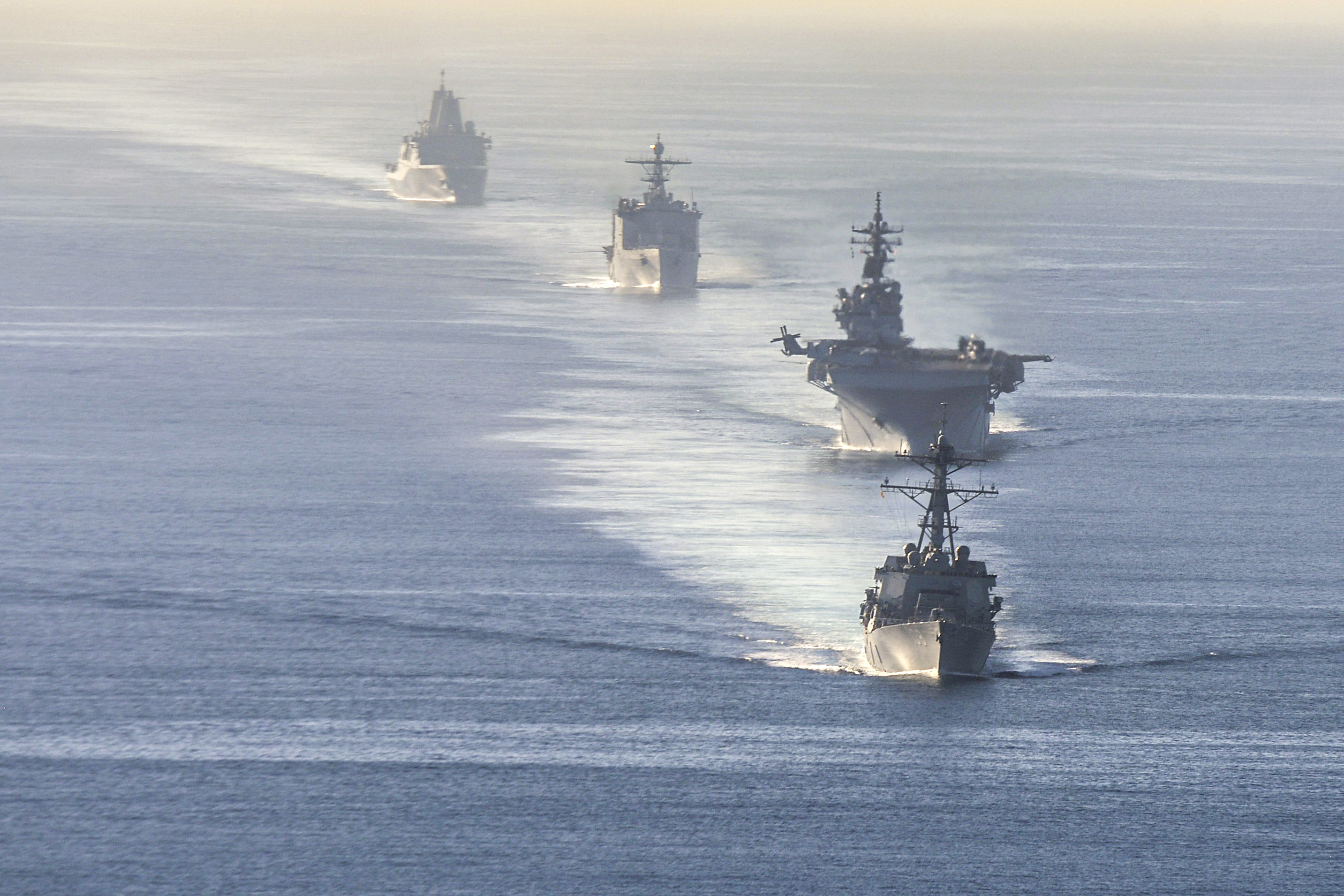
They’re not exactly strangers. Small elements of the 13th MEU – including F-35Bs that provided a new deep-strike capability, according to the Navy – joined the Essex (LHD-2) Anchorage, Rushmore and PHIBRON 1 for the amphibious exercise Dawn Blitz last October off Camp Pendleton, Calif.
Olin noted that “with the new aircraft, we want to be able to capitalize on all the capability that aircraft has to bear, like multi-functional data links, how do we get that information from that airplane to the ship so we can use it.”
“That also gives me additional command-and-control capability” that will help him as the ARG commander, he added.
Olin, who’s served on warships and a carrier, said he was surprised when he came to Essex – his first amphibious ship assignment – and took command of PHIBRON 1 in November after serving as its deputy commander. “I didn’t see an air picture. I didn’t see a robust link picture,” as he did on other ships.
“We’re trying to up that game a little bit, ensure that the command-and-control piece is much more clearer for the leader controlling forces,” he said of the Essex ARG.
The San Diego-based Essex got modifications to the ship and flight deck to accommodate the F-35B, as well as upgraded, robust digital communications links and improved air command and control system, Capt. Jason Burns, the ship’s commanding officer, told the audience.
Shoop, VMFA-211’s commander, said the F-35B’s AN/APG-81 distributed radar “is the best one on the market, hands down,” noting among other features its multiple air-to-ground nodes to link with ground forces. Various sensors fused for situational awareness into a single display remain “a little bit funky,” he said, but pilots “get a God’s eye view.”
“It’s good right now. It’s getting better as software fusion algorithms get tweaked,” he added.
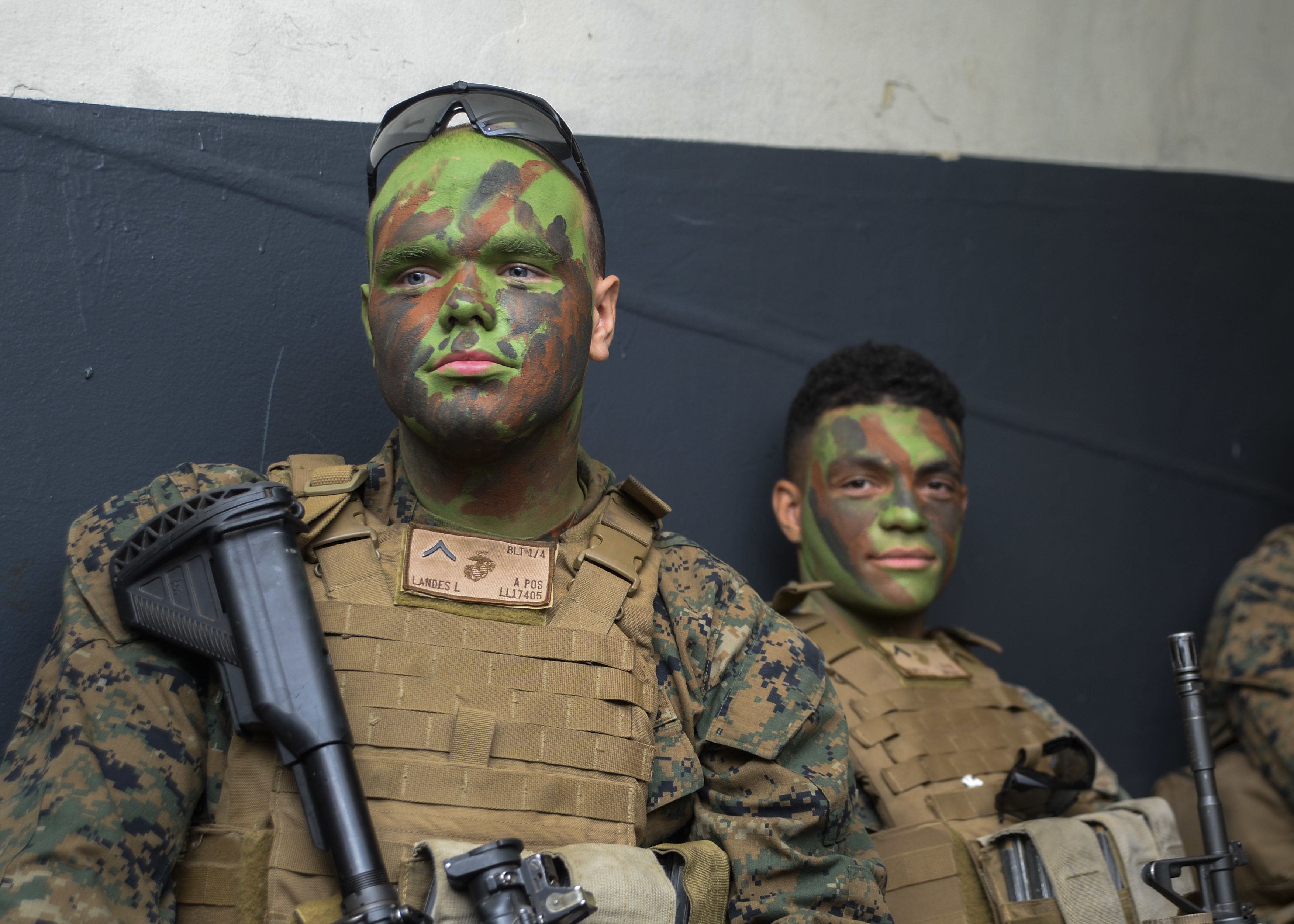
Neller voiced concerns about continued shortfalls in advanced joint communications technology among the Navy’s L-class inventory of amphibious ships, particularly as it enables the Marine Corps to maximize the capabilities and features of the Joint Strike Fighter. “They need to have a comparable capability with other ships,” the commandant said.
With the F-35 shipboard deployments looming ahead, “I’m not sure we’re going to optimize the capability of that airplane on the big-deck amphib because of some of the command-and-control. So we’ve got to fix that,” he added.
The F-35B isn’t the only new aircraft the 13th MEU will have for the first time. The air combat element will have the RQ-21 Blackjack, a small, tactical Group 3 unmanned aerial vehicle from a detachment from Marine Unmanned Aerial Vehicle Squadron 1, based at Yuma. The 15th MEU, which recently returned home from a deployment, was the first West Coast MEU to use the Blackjack UAV, an intelligence, surveillance and reconnaissance platform.
“There are some naysayers about the RQ-21 deploying with the MEU, because it does have a fairly limited radius as a platform,” Nelms said. “It’s got an incredible amount of time on station, but it’s only get a fairly limited amount of combat radius for us because it’s a line-of-sight controlled platform.”
The UAV has a “range” of 50 kilometers, or 31 miles, according to Naval Air Systems Command. (Boeing, whose subsidiary Insitu, Inc., developed the RQ-21, advertises a “line-of-sight range” of 55 nautical miles, or 63 miles.)
“It’s proven to have an incredible amount of capability and value for the amphibious ready group while we’re embarked and as we’re moving across the high seas conducting transits,” Nelms said. “But once the Marines are committed ashore, that’s where I think from the Marine side of the house it will really pay good dividends for us, as now we’ll have the opportunity to provide a persistent ISR capability on the battlespace.”
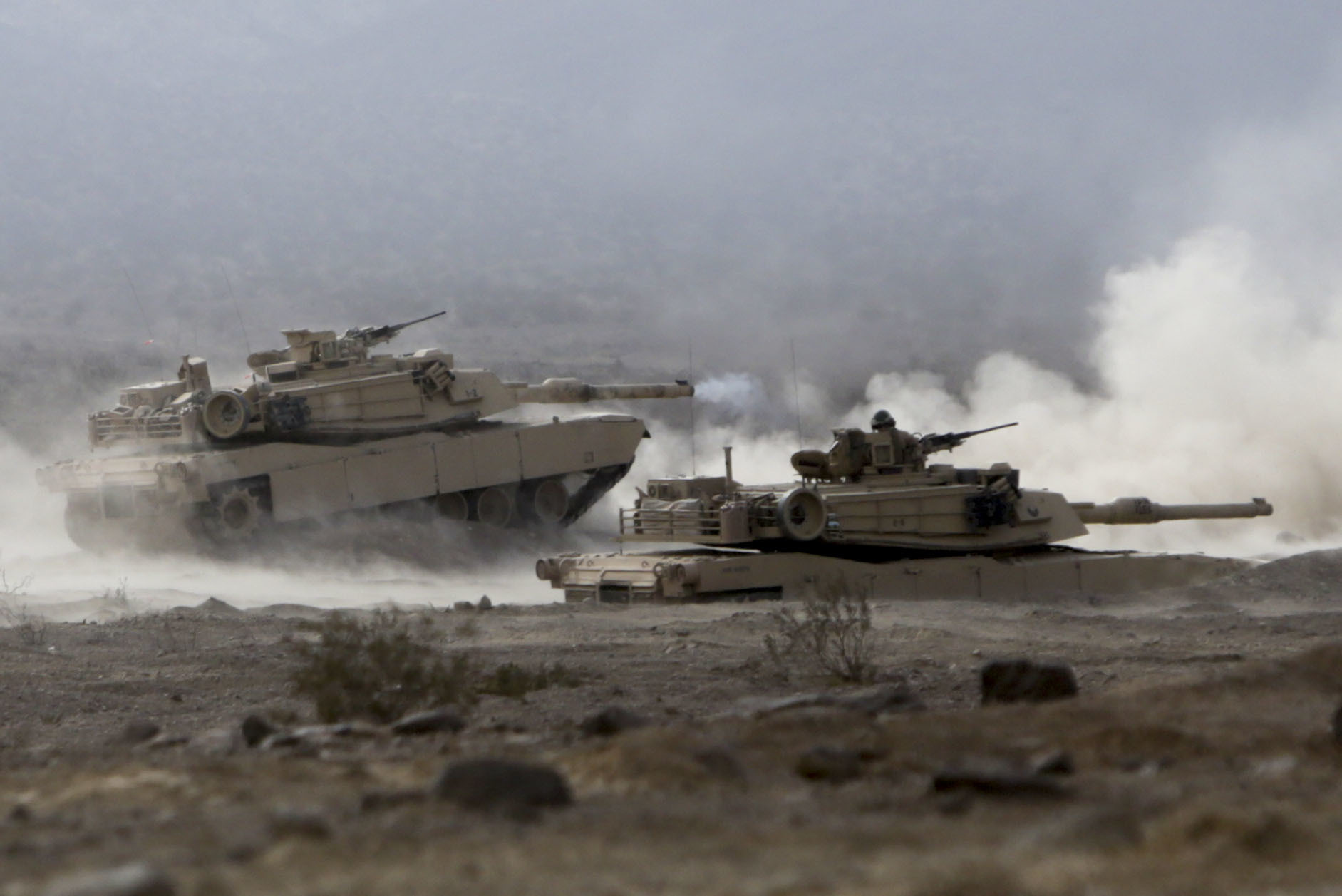
And for the new high-tech systems it’s taking, the 13th MEU will retain some muscle with its ground combat element. Along with a full company of 19 light-armored vehicles, more than it took on its prior MEU deployment, it will have a platoon of M1A2 Abrahms main battle tanks. (The 70-ton behemoth hasn’t been on every MEU commander’s inventory, although most of the West Coast MEUs regularly have gone to sea with it for their deployments. Its weight, footprint and even need often are the source of debate among Marines.)
“A tank platoon has got a lot of firepower. A lot of folks ask why take tanks on the MEU/ They’re heavy, they require a lot of sustainment,” said Nelms, a veteran KC-130 pilot who served as the 11th MEU air officer when it supported Marine Corps units during the 2003 Iraq invasion.
“But tanks are one of the things that when you need a tank, you need a tank.”





